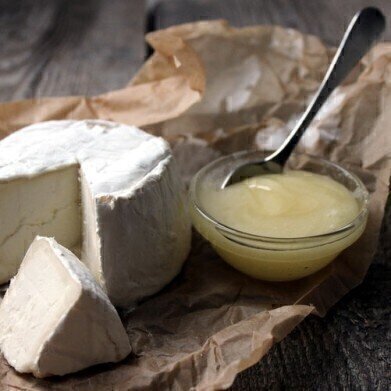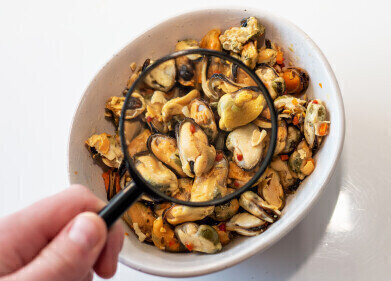GC-MS
When Does Camembert Reach Full Flavour? - Chromatography Explores
Apr 28 2020
Cheese making can be described as part science and part art. The basic science of how cheese is made from milk is understood in the main - but knowing when certain cheeses are just perfect to eat is an art that cheesemakers and affineurs spend a lifetime perfecting. But could science help cheesemakers to find the sweet spot when a cheese is just right?
Making a great Camembert
Cheese has been around for longer than man has been recording history. It is thought that cheese was first discovered around 8000 years ago, around the time that man domesticated animals for farming. And in this case - sheep were the important animal. Sheep have an enzyme in their stomach that is key to the cheesemaking process - rennet. Sheep stomachs were used to store and transport milk, and it is thought that the action of the naturally occurring rennet on warm milk produced the first cheese.
Obviously, the process is a little more refined now. One of the most distinctive cheeses is Camembert, a soft creamy cow’s milk cheese that is surface ripened. It originated in the French village of Camembert, Normandy in the late 18th century. True Camembert, ‘Camembert de Normandie’ is made from unpasteurized milk. But many modern makers use pasteurized milk for safety and convenience. The cheese is made by adding bacteria and rennet to warm cow’s milk and allowing the mixture to coagulate. After separating the curds and whey, the curd is transferred to moulds and after draining, mold such as penicillin is sprayed onto the surface. This starts the magic of cheese ripening - and the mystery starts.
Can chromatography measure the ripening?
With cheeses like Camembert, ripening is a key part of the process. Ripening is a complex process that involves many different biochemical reactions and microbiological changes to change a relatively hard and crumbly cheese into a soft and creamy cheese. The ripening happens from the surface and spreads into the centre of the cheese. And legally, Camembert must be ripened for a minimum of three weeks. But when exactly is the cheese perfectly ripened, until now the affineur has had the answer.
But perhaps chromatography can help unpick the artistry of cheesemaking. Using metabolomics and the power of solid phase extraction and gas chromatography-mass spectrometry (GC-MS-SPE) scientists are investigating the compounds responsible for ripening in Camembert. The use of solid phase extraction is discussed in the article, Vacuum Assisted Headspace Solid-phase Microextraction: A Powerful Tool for Olive Oil Analysis.
So far, the research is in its early days, but soon, could cheesemakers be dispensing with the artisans and be buying GC-MS machines to check the ripening of cheese?
Digital Edition
Chromatography Today - Buyers' Guide 2022
October 2023
In This Edition Modern & Practical Applications - Accelerating ADC Development with Mass Spectrometry - Implementing High-Resolution Ion Mobility into Peptide Mapping Workflows Chromatogr...
View all digital editions
Events
Apr 28 2024 Montreal, Quebec, Canada
May 05 2024 Seville, Spain
May 15 2024 Birmingham, UK
May 19 2024 Brno, Czech Republic
May 21 2024 Lagos, Nigeria














